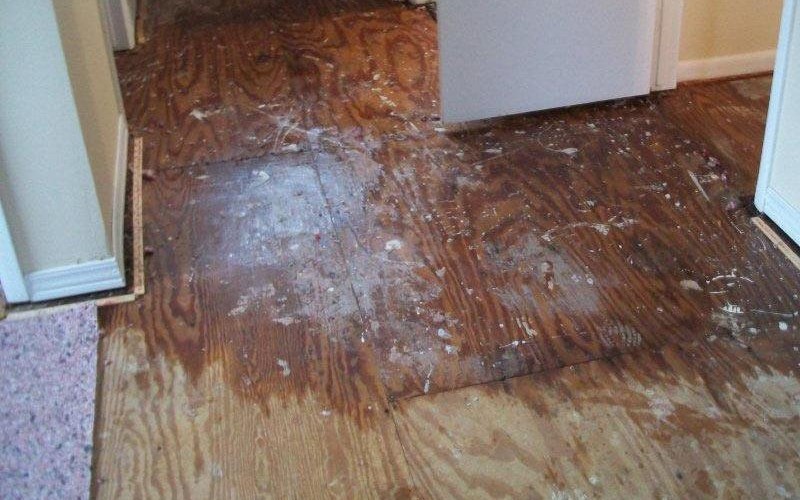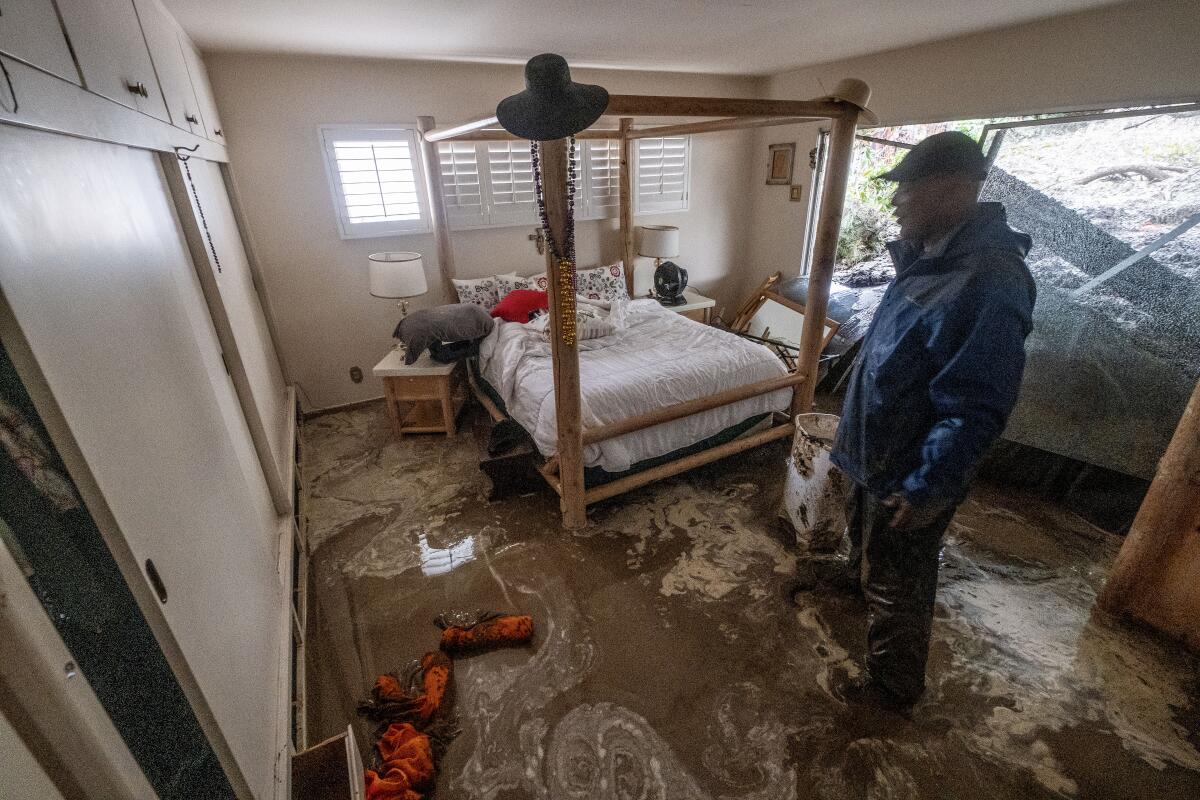The Process of Water Damages Clean-up: Ensuring Your Home Is Restored Efficiently
Water damage can be a daunting obstacle for property owners, demanding a thorough and structured clean-up procedure to bring back safety and security and performance. At first, a thorough evaluation is critical to determine the extent of the damages and identify the ideal remediation procedures. Following this, effective water removal techniques play an essential duty in mitigating more harm. The subtleties of drying, sterilizing, and eventual repair are just as necessary and usually overlooked. Understanding these stages can make a considerable distinction in the outcome of your home's restoration, prompting a closer look at what each action requires.
Evaluating the Damage
Upon uncovering water damages, the initial step is to extensively examine the degree of the impact. This first assessment is crucial, as it aids figure out the essential actions for effective cleanup and restoration. Begin by checking the impacted locations, consisting of walls, ceilings, floors, and individual possessions, to determine the source of the water intrusion, whether from flooding, leakages, or condensation.
Documenting the damages is crucial for both insurance cases and preparing reconstruction efforts - damage restoration services. Usage photos and written notes to record the severity of the damages, noting any kind of afflicted structural elements and products. Pay unique interest to locations that may not be promptly visible, such as behind wall surfaces and under carpets, as hidden dampness can cause further difficulties, including mold and mildew growth
Additionally, evaluate the timeline of the water direct exposure. Eventually, a thorough assessment lays the groundwork for a successful water damages clean-up process, guaranteeing that all impacted areas are resolved efficiently and completely.
Water Removal Methods

Professionals usually utilize submersible pumps for larger volumes of water, which can swiftly alleviate flooding in cellars or various other impacted areas. For smaller quantities, wet/dry vacuums are often used to remove residual wetness from rugs and difficult surfaces. In addition, utilizing portable extractors enables targeted removal in constrained areas or locations with fragile products.
In instances of contaminated water, such as sewer or floodwater, advanced extraction techniques might include using biohazard tools to ensure safety and security and conformity with health and wellness laws. High-powered extraction devices are critical in minimizing water retention in structural materials, which can cause mold and mildew growth and architectural damage if not addressed promptly.
Inevitably, the efficiency of water removal methods plays a crucial function in the overall success of the water damages cleanup procedure, laying the groundwork for subsequent repair efforts.
Drying and Dehumidification
When standing water has actually been properly extracted, the following crucial stage in the water damage clean-up procedure is drying and dehumidification. This action is necessary to protect against further damage and mold and mildew growth, which can take place within 24 to 48 hours in moist atmospheres.
To achieve reliable drying out, specialized devices such as industrial-grade air moving companies and dehumidifiers is employed. Air movers flow air throughout wet surfaces, enhancing dissipation prices, while dehumidifiers decrease moisture degrees airborne, advertising a helpful environment for drying. The mix of these devices ensures that wetness is attracted out from home furnishings, floorings, and wall surfaces, allowing them to dry extensively.
It is very important to monitor the drying procedure very closely. Specialists usually use wetness meters to examine the dampness web content in different products, making certain that all influenced locations get to acceptable dry skin degrees. This careful strategy assists to avoid surprise dampness pockets that can cause architectural damages or undesirable mold growth.

Cleaning and Sanitizing
After the drying out and dehumidification stage is total, the next crucial action in water damage cleanup is cleaning and disinfecting the influenced areas. This process is essential to avoid the development of mold and mildew, bacteria, and various other virus that thrive in wet atmospheres.
The cleaning phase typically includes eliminating any kind of particles, dust, and pollutants from surface areas utilizing specialized cleansing representatives. For difficult surface areas, a combination of soap and water or commercial cleansing items is often used. Soft materials, such as furniture and carpets, might need more extensive cleaning approaches, including heavy steam cleaning or deep removal techniques, to guarantee complete cleanliness.

Sterilizing adheres to cleaning, using EPA-approved anti-bacterials to remove damaging microbes. This step is necessary, particularly in areas that might have come right into contact with floodwaters or sewage, as these resources can present severe wellness risks.
Furthermore, it is necessary to address any type of remaining odors, which may need using odor neutralizers or sophisticated strategies like ozone treatment. Correct cleansing and sanitizing not only restore the safety and hygiene of your home however likewise lay the foundation for successful repair and fixings in subsequent stages of the water damage cleanup process.
Reconstruction and Fixings

As soon as the evaluation is full, reconstruction efforts can start. Additionally, floor covering may call for similar attention, depending on the degree of water direct exposure.
It is critical to engage experienced repair professionals throughout this process, as they have the experience to deal with intricate repair work successfully. Additionally, they can assist minimize prospective future concerns, such look at more info as mold development or structural instability, therefore ensuring a risk-free and habitable living environment. Eventually, effective remediation and repair work bring back the home's honesty and enhance its overall value.
Final Thought
In verdict, the process of water damage clean-up is essential for bring back a home to its pre-damage condition. Each phase, from examining the damages to applying effective water removal strategies, adhered to by comprehensive drying, sterilizing, and needed repair services, plays an important function in making certain safety and security and conformity with structure criteria. Effective implementation of these steps not only reduces instant damage but also enhances the long-term integrity and value of the home.
Water damages can be a difficult challenge for homeowners, demanding a structured and meticulous cleaning process to recover safety and security and capability. Eventually, a comprehensive analysis lays the groundwork for an effective water damage cleanup procedure, making sure that all affected locations are addressed properly and thoroughly.
Effective water removal methods are important in minimizing damage and preventing additional complications complying with a water breach event.In verdict, the procedure of water damage clean-up is essential for bring sewage cleanup back a home to its pre-damage problem. Each phase, from assessing the damage to implementing reliable water removal methods, adhered to by complete drying out, sterilizing, and essential repairs, plays an important duty in guaranteeing safety and security and conformity with building requirements.